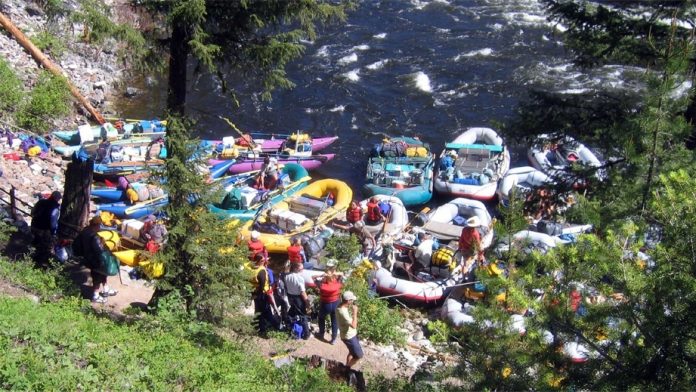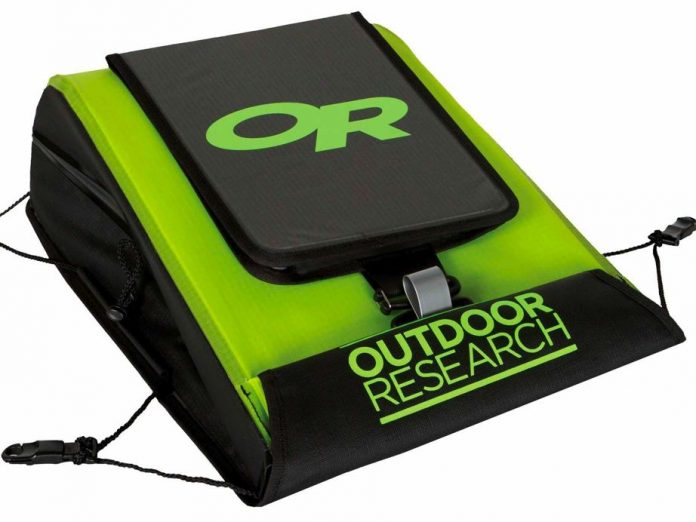This technique article originally appeared in Canoeroots and Family Camping magazine.
Gracefully bringing your canoe to rest adjacent to a dock or deep rocky shoreline is the aim of a well-executed landing. In this position, paddlers can more conveniently exit the boat, stabilizing themselves by using the dock or shoreline for support.
The ideal landing is completed with the canoe under constant motion, stopping it snuggly against the dock. To make this happen, approach a fixed target on the dock in a straight line, roughly 45 degrees to the landing. As the boat nears the landing point, the stern paddler initiates the turn by using a draw or pry. If the landing is on the stern person’s paddling side, he or she should use a draw. The stern person should use a pry to initiate the turn if the landing is on the opposite side.
Immediately after the stern paddler initiates, the bow paddler reciprocates with a complementary stroke. If the stern paddler uses a draw, the bow paddler can assist with a draw or bow cut. If the stern paddler uses a pry, the bow paddler should choose from a pry, bow jam, crossbow draw or crossbow cut. Just before reaching the target, both paddlers provide well-timed reverse strokes usually followed by some subtle draws or pries to stop the canoe at the intended spot.
Practice the timing of your strokes. Initiating the maneuver too soon will leave you too far from your target. However, waiting too long could result in a collision with the dock.
As you develop this skill, communication between paddlers is important, especially when changing partners. Plan the landing out verbally before you begin. It’s best to start at slow speeds so you don’t ram the dock or damage the canoe. Increase the speed only after you can competently complete the maneuver. Try slightly different approach angles to see what works better for you and your partner. Knowing how your boat responds to the strokes is important as all canoes maneuver differently.
Marty Tannahill is a Master Canoe Instructor with the Ontario Recreational Canoeing and Kayaking Association. When he’s not paddling you’ll find him fly-fishing Ontario’s remote rivers.
This article appeared in Canoeroots & Family Camping, Spring 2012.



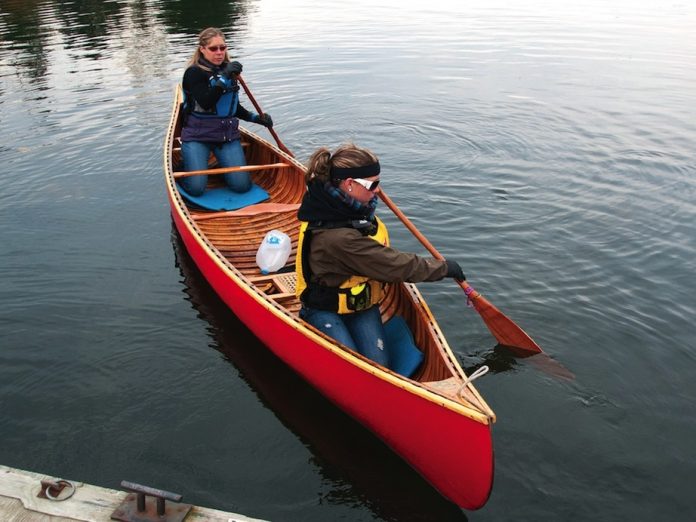

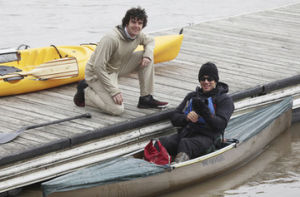 With temperatures hovering around 40 degrees and dark clouds looming overhead, on Thursday, March 14, Joe Reidhead paddled his canoe steadily down the Missouri River. Originally from Augusta, Joe Reidhead began a 1,000-mile journey Feb. 17 in Omaha. Reidhead’s trek along the Missouri and Mississippi rivers is to raise funds and awareness about autism spectrum disorders. By the time he reached Washington this week, Reidhead was a little more than halfway through his trip, which will end in Memphis. Via
With temperatures hovering around 40 degrees and dark clouds looming overhead, on Thursday, March 14, Joe Reidhead paddled his canoe steadily down the Missouri River. Originally from Augusta, Joe Reidhead began a 1,000-mile journey Feb. 17 in Omaha. Reidhead’s trek along the Missouri and Mississippi rivers is to raise funds and awareness about autism spectrum disorders. By the time he reached Washington this week, Reidhead was a little more than halfway through his trip, which will end in Memphis. Via  Float Your Fanny Down the Ganny is a 10 kilometer race along the Ganaraska River to commemorate the 1980 flood that crippled Port Hope’s downtown area. The event take place Saturday, April 06, 2013. Enter with a canoe or kayak to try for speed on the course or enter the Crazy Craft for something different. To qualify, a Crazy Craft has to have been built from multiple different items to form a floating vessel. Crazy Crafts are on fastest time, best costume, most number of crew and judge’s favourite. Via
Float Your Fanny Down the Ganny is a 10 kilometer race along the Ganaraska River to commemorate the 1980 flood that crippled Port Hope’s downtown area. The event take place Saturday, April 06, 2013. Enter with a canoe or kayak to try for speed on the course or enter the Crazy Craft for something different. To qualify, a Crazy Craft has to have been built from multiple different items to form a floating vessel. Crazy Crafts are on fastest time, best costume, most number of crew and judge’s favourite. Via  The Voyaguer field trip is truly a hands on experience in history, and camaraderie. Fox of the River Voyaguer LLC introduces students to the fur trade era and the lives of its most colorful participants, the Voyageurs. Students role play by paddling a Voyageur canoe and learning about the Voyageur way of life. Step into the past with Jean Paul Pauquette and Jacques Largillier as guides. Heritage paddles run May to October. Via
The Voyaguer field trip is truly a hands on experience in history, and camaraderie. Fox of the River Voyaguer LLC introduces students to the fur trade era and the lives of its most colorful participants, the Voyageurs. Students role play by paddling a Voyageur canoe and learning about the Voyageur way of life. Step into the past with Jean Paul Pauquette and Jacques Largillier as guides. Heritage paddles run May to October. Via 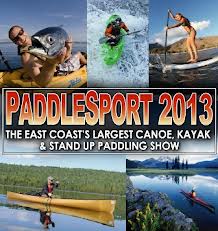 Visit Rapid staff in Somerset, New Jersey, this weekend at Paddlesport 2013, hosted by
Visit Rapid staff in Somerset, New Jersey, this weekend at Paddlesport 2013, hosted by 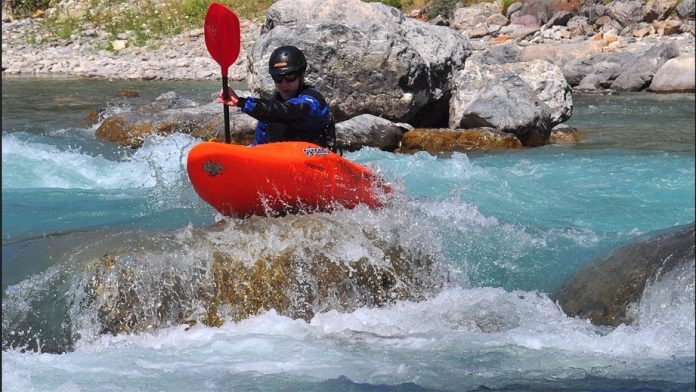




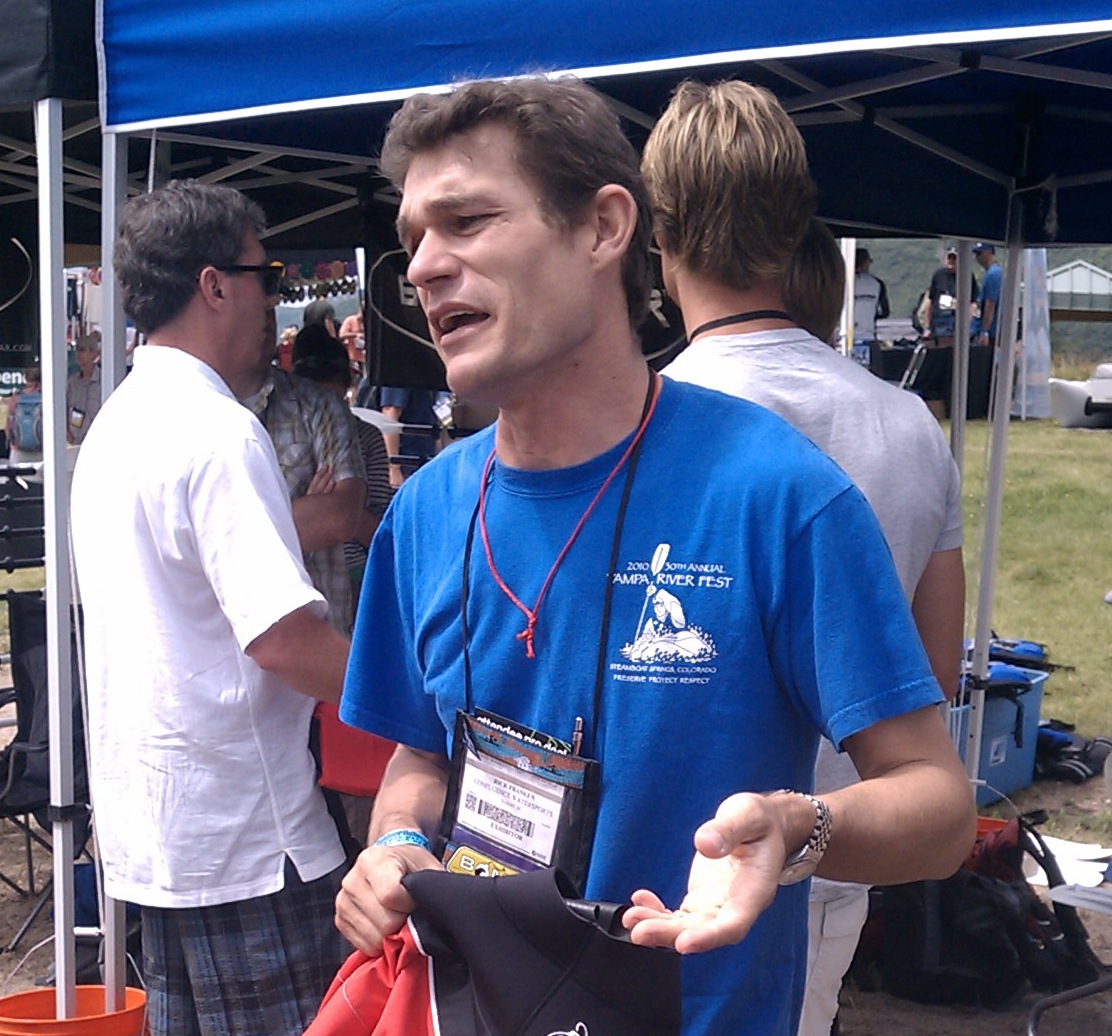 Bomber Gear Founder Rick Franken Passes On
Bomber Gear Founder Rick Franken Passes On